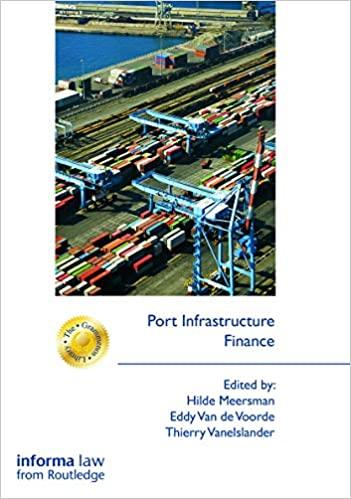Question
Fill in the blank using a number of terms listed below (@1 point). Business risk, Capital budget, Capital rationing, Capital structure, Financial leverage, Financial risk,
Fill in the blank using a number of terms listed below (@1 point).
Business risk, Capital budget, Capital rationing, Capital structure, Financial leverage, Financial risk, Fixed charges, Flexibility, Hurdle rate, IRR, MIRR, NPV, NPV profile, Operating leverage, Payback period, Post audit, Public utilities, Replacement chain, Tax benefits
12. _________ assumes that cash flows from all projects are reinvested at the cost of capital as opposed to the project's own IRR. This makes it a better indicator of a project's true profitability.
13. A _____________ is the plot of a project's NPV versus its cost of capital. The crossover rate is the cost of capital at which the NPV profiles for two projects intersect.
14. ______________ is the project cost of capital, or discount rate. It is the rate used in discounting future cash flows in the NPV method, and it is the rate that is compared to the IRR.
15 The ___________ is the final aspect of the capital budgeting process and a feedback process in which the actual results are compared with those predicted in the original capital budgeting analysis. It has several purposes, the most important being to improve forecasts and improve operations.
16 A ___________________ is a method of comparing mutually exclusive projects that have unequal lives. Each project is replicated such that they will both terminate in a common year. __________________ occurs when management places a constraint on the size of the firms capital budget during a particular period.
17. __________is obtained by discounting future cash flows, and the discounting process actually compounds the interest rate over time. Thus, an increase in the discount rate has a much greater impact on a cash flow in Year 5 than on a cash flow in Year 1.
18. True or False: In general, the value of land currently owned by a firm is irrelevant to a capital budgeting decision because the cost of that property is a sunk cost.
19. True or False: Starbucks is planning to open a new store across from the student union. Annual revenues are expected to be $5 million. However, opening the new location will cause annual revenues to drop by $3 million at Starbucks existing stadium location. The relevant sales revenues for the capital budgeting analysis are $5 million per year.
20. True or False: Firm A has a higher degree of business risk than Firm B. Firm A can offset this by increasing its operating leverage.
21. True or False: As a general rule, the capital structure that maximizes stock price also maximizes theWACC.
22. True or False: Financial risk can be reduced by replacing common equity with preferred stock.
Step by Step Solution
There are 3 Steps involved in it
Step: 1

Get Instant Access to Expert-Tailored Solutions
See step-by-step solutions with expert insights and AI powered tools for academic success
Step: 2

Step: 3

Ace Your Homework with AI
Get the answers you need in no time with our AI-driven, step-by-step assistance
Get Started


